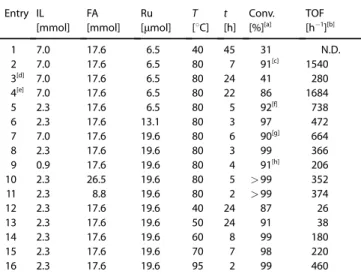In this context, one of the most significant challenges of hydrogen- based energy generation is the storage of large quantities of hydrogen at safe pressures.
Volltext
Abbildung



ÄHNLICHE DOKUMENTE
Nach etwa vier Wochen zeigten fünf dieser Eier eine leichte Gelbverfärbung und eine schmierige Ober- fläche. Drei enthielten abgestorbene Embryos, zwei
Diese Projekte, die direkt oder indirekt HIV-betroffene Kinder und ihre Familien in Südafrika, Kenia und Indien medizinisch und sozial unter- stützen, hat SolidarMed im
Die Stiftung Aids & Kind hatte im Jahr 2019 für ausserordentliche Kosten der Organisationsentwicklung eine Rück- stellung von CHF 109’000 gebildet. Der nicht benötigte Betrag
Schuljahrs, wird deutlich, dass diese jun- gen Menschen noch relativ gut darin sind, aus einem Text eine bestimmte Informa- tion herauszulesen oder einen Text zu interpretieren;
Nach neun Jahren, in denen die vom Pestalozzianum herausgegebene Zeitschrift infos und akzente über eine breite Palette von bildungspolitischen und pädagogischen Themen berich-
In der pädagogischen Diskussion ist die ge- nerelle Zielsetzung des berufs- oder laufbahnwahlvorbe- reitenden Unterrichts unbestritten: Junge Menschen sollen durch
[r]
[r]